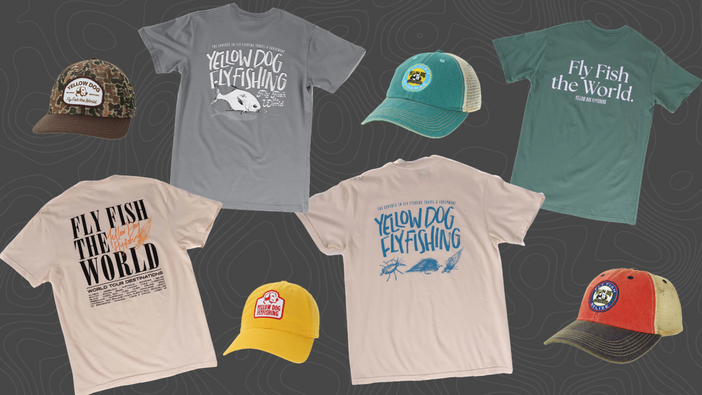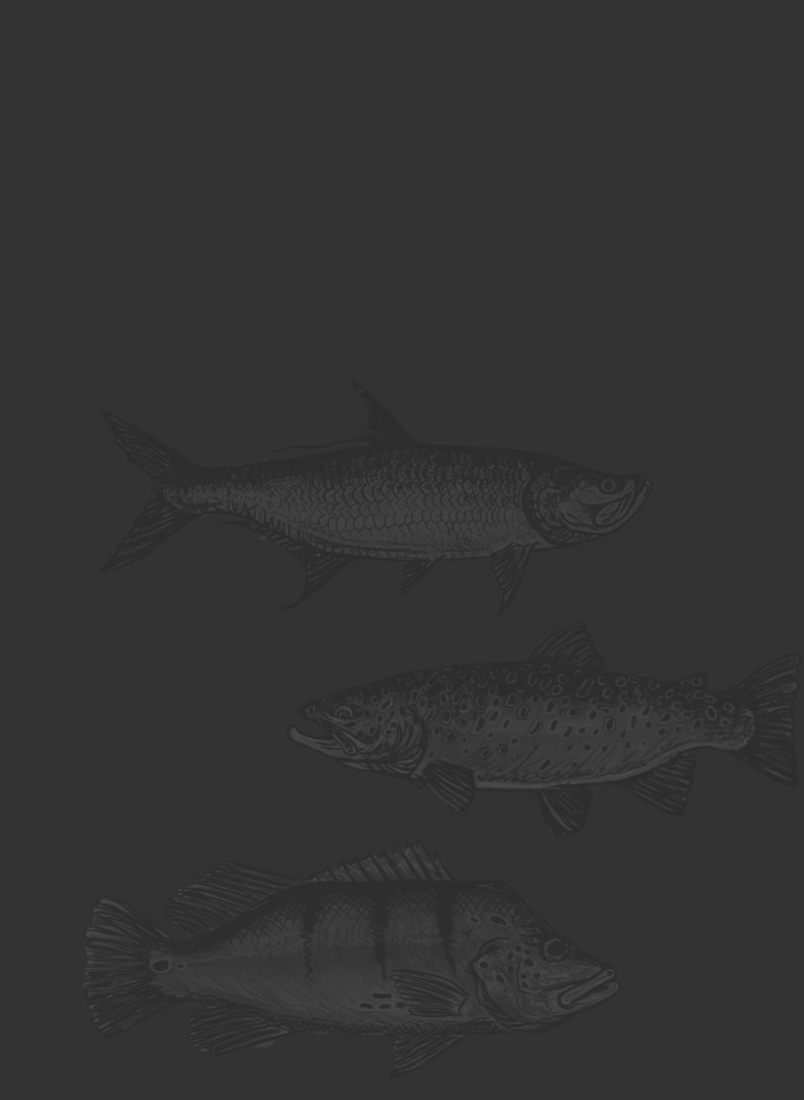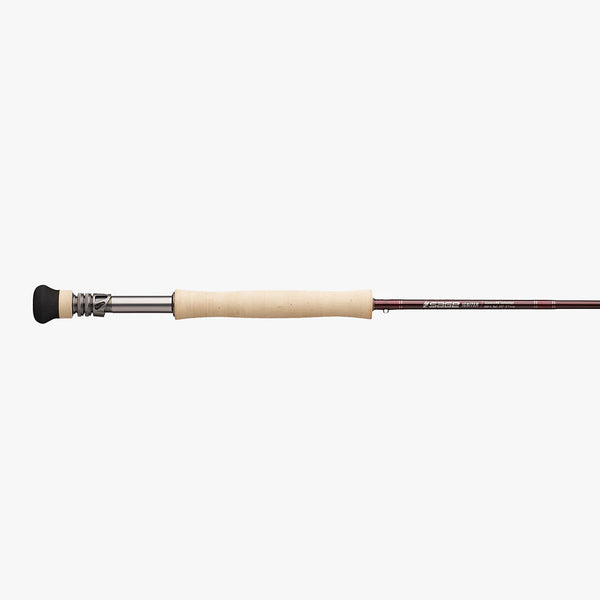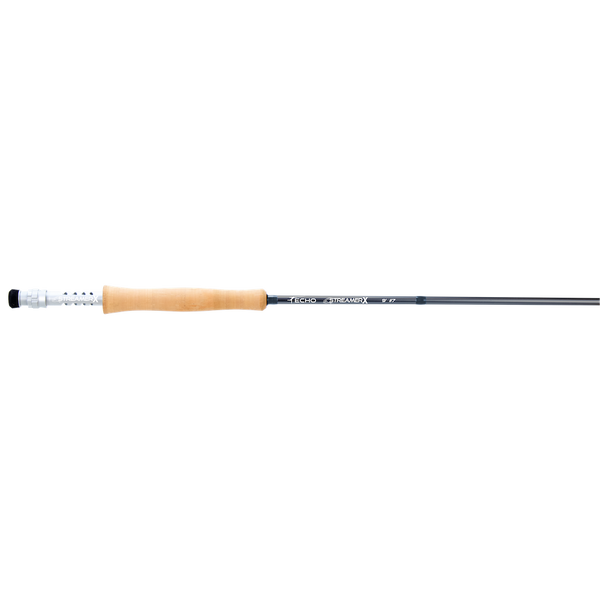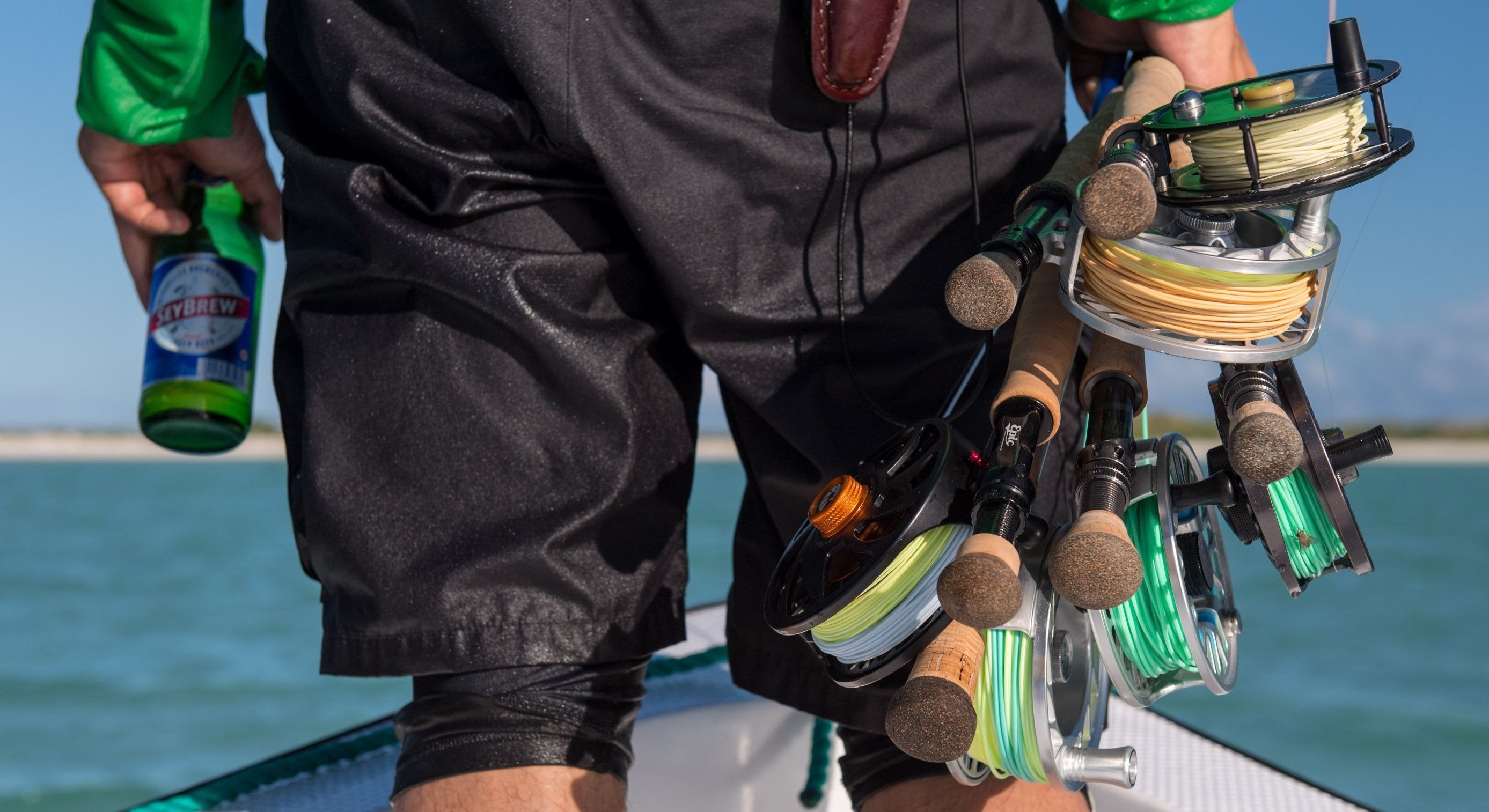Streamer fishing flies in the face of what most non-anglers think of when discussing fly fishing. Instead of imitating small bug life, streamers are meant to replicate smaller fish such as minnows or sculpins, juvenile trout, crayfish, or leeches.
Many fly anglers have been consumed with "streamer fever" due to its ability to produce some seriously large fish. While large trout still feed on subsurface insect life and mature insects, they are generally best targeted by offering up a higher caloric reward or by taking advantage of their defensive and predatory nature.
Streamer Basics
Streamer fishing is a "quality over quantity" style that generally produces less but often bigger fish. Predatory, top-of-the-food-chain species such as pike, giant trevally, tarpon, snook, musky, and golden dorado are almost exclusively targeted on streamer-style flies, but this article will focus on the salmonid family. However, anglers should note a general understanding of streamer function, purpose, and how to use them translates across species.
Understanding a salmonid's diet is the first step to fishing streamers. Bugs make up the bulk of most trout's diet, but not necessarily for older, larger fish with the experience, speed, and strength to target bigger meals. A sculpin, minnow, or crayfish all offer the sustenance required by larger fish, therefore making them more appealing. By imitating a larger prey, anglers can eliminate most attempts from small-to-medium sized fish in order to target the largest fish available.
In basic terms, streamer fishing is far more comparable to conventional fishing with lures than nymphing or dry fly fishing. Instead of casting along riffles, seams, or pools and mending with the current, streamer fishing implores the angler to give the fly movement via stripping, twitching, or jerking, similar to fishing a bass lure. The constant action is an attractive trait for many anglers who wish to stay busy while on the water, as opposed to waiting for a sign of a strike beneath an indicator.
One of the greatest benefits of streamer fishing is the ability to cover large amounts of water. Instead of focusing on a specific line moving downstream, where a nymph needs to fall within a one or two-foot range to be seen, a streamer can be stripped across or through good water for all available fish to see. A nymphing angler may decide to change their fly pattern, focus on another run, or worry over their drift--a streamer angler can work a stretch and take confidence they covered all of the water before them in a short time.
However, do not assume streamer fishing is somehow easier or requires less preparation, planning, or experience: anglers must still consider everything from the fly pattern, depth, current, fly action, line management, and fish habitat when taking up streamers!

When to Streamer Fish
As with every approach, streamer fishing has a time and place, so understanding when and where to utilize the tactic is crucial. "Streamer junkies" might opt to use streamers year-round, which will produce results. However, there are particular times when streamer fishing makes the most sense.
- High Water/Runoff: Heavy nymph patterns and streamers are generally your best option when water is high due to runoff or rain. Increased flows stir up rivers and streams and reduce water visibility, so getting "down and dirty" is a must. Fish tend to hold in areas of reduced flows during high, fast water, so anglers can target fish with this in mind. As structures are displaced or moved due to heavy flow, once sedentary fish become more available. Cast along the bank or behind and along structures--if water clarity is poor, casts will need to be well-placed to entice a bite. Anglers should always take caution when fishing high water and understand the risks associated with rising flows.
- Fall: Autumn is perhaps the most popular season for fishing streamers, and for good reason. As temperatures begin to drop, fish are actively feeding to bulk up before the onset of winter. Brown trout are often targeted in early autumn during pre-spawn, when they become incredibly territorial and aggressive. It must be noted that, as brown trout create their spawning beds, these fish should be left alone. If anglers can see a redd (an exposed patch on the river bed), trout are using the area to create the next generation--leave these fish be! As winter sets in, streamer fishing can entice some fish who otherwise may not be tempted to eat due to the required energy. The same logic extends into early spring when the first signs of warmth arrive, but bug life is still minimal.
- Structure: Large brown trout are notorious for taking up residency beneath overhangs, fallen logs, or behind boulders. Reading and understanding the water and potential for structures is key for targeting larger fish on streamers. These fish will still readily feed on passing insects before often returning to their hiding spot, but a streamer drifted or stripped past them is often too tempting to pass up.
- Specific Fisheries: Just as some locations are renowned for their dry fly fishing, some fisheries are also known for incredible streamer fishing. These rivers generally have a reputation for holding massive fish, and streamers are an effective means of targeting them. Below we have listed a number of national and international options for you to choose from.
- Tactical: Considering water levels, timing, structure, and fishery, anglers might utilize streamers for a tactical reason. Perhaps you are on a float trip, and your guide notes a steep ridge coming up or a downed tree hugging the bank. Or, maybe you are passing a set of falls where the falling water has carved deep recesses into the rocks, or you note a particularly deep hole in an otherwise shallow run--all of these scenarios and many others mean a streamer might be the best option. Through experience, trial and error, and trying different approaches such as fly selection and varying your retrieve, you will improve your understanding of when and where to opt for a streamer.
Where to Streamer Fish
1. Alaska: Alaska has long been one of the finest salmonid fisheries on earth. Thirty-inch resident rainbow trout, migrating Pacific salmon, steelhead, pike, and more are all on offer, depending on the location. If you're considering traveling to Alaska to fish streamers, we recommend anglers book their trip for the early or late season. As migrating salmon spawn and perish in the late spring and summer, nymphing is going to be the primary method and most proficient tactic for catching fish. Some notable lodge operations for streamer fishing are:
Streamer fishing can be productive at any lodge operation in Alaska, so we highly recommend choosing the best lodge package for you based on your wants and needs!

2. Arkansas: The Ozarks of Arkansas is home to some of the largest brown trout on earth, with anglers traveling from all over the world searching for trophy fish. These fish are often targeted on streamers, particularly in the cooler months. Night fishing with mouse patterns has been found to be another consistent approach for absolute monster brown trout. With the White River producing incredible catches year after year, Yellow Dog is proud to work with lodge operations that specialize in streamer fishing for these giants:

3. Canada: One of the premier destinations in the world for trophy lake trout and Artic char, Canada has an abundance of options for streamer anglers. Many of our lodge partners in Canada combine comfortable accommodations in some of the most pristine wilderness North America offers. Streamer fishing for rainbow trout, Atlantic salmon, pike, and steelhead are all available, but we especially recommend a few lodge operations in Manitoba, Ontario, and the Northwest Territories for trophy trout and char:
4. Iceland: The small island of Iceland is home to magical landscapes, solitary rivers, and some of the finest sea-run brown trout, Artic char, and Atlantic salmon fishing found anywhere. One of the many perks of fishing in Iceland is the lack of angling pressure its many waterways experience. From small streams to larger rivers, the European nation is one of our favorite destinations for casting streamers for trophy-sized fish. Our lodge associates at Fish Partner and Reykjavik Angling Club are perfectly situated to provide a fantastic experience both on and off the water.
5. Mongolia: This destination should be at the top of any angler's list who desires to fish for the largest salmonid on earth: the taimen. When these fish grow upwards of five feet, it is hard to compare them to most trout. However, these salmonids are voracious predators in the water systems of Mongolia and attack streamers with a tenacity rarely witnessed. Eg-Ur Rivers Camps and Mongolia River Outfitters are two of the finest fishing operations in Mongolia and are experts at chasing one of fly fishing's most sought-after species.

6. Patagonia: Patagonia is often considered a dry-fly fisherman's paradise, and indeed it is. However, both Chile and Argentina are both offer excellent streamer fishing opportunities. Ignoring the fantastic golden dorado fishing in northern Argentina, Patagonia is home to what many consider the finest trout fishery in the world. Between fishing for large trout in Patagonia and sea-run browns in the Rio Grande region, there are many options for every angler. A few lodges we recommend for streamer fishing in this region are:
If you're interested in learning more about Patagonia fisheries, check out our Ultimate Guide to Chile Fly Fishing and Ultimate Guide to Fly Fishing Argentina.
7. US West: Some of the world's most storied rivers exist in the states of Montana, Idaho, and Wyoming. All forms of fly fishing are productive on the rivers here, but certain times of year yield better results for streamers fishing. Anglers should focus on spring and autumn as the best months for fishing streamers, as summer produces a bounty of bug life. Rivers such as the Yellowstone, Madison, and Wind River Canyon are all notable options. With plenty of lodges to choose from in our US West program, we recommend giving us a call to discuss the best fit for you.
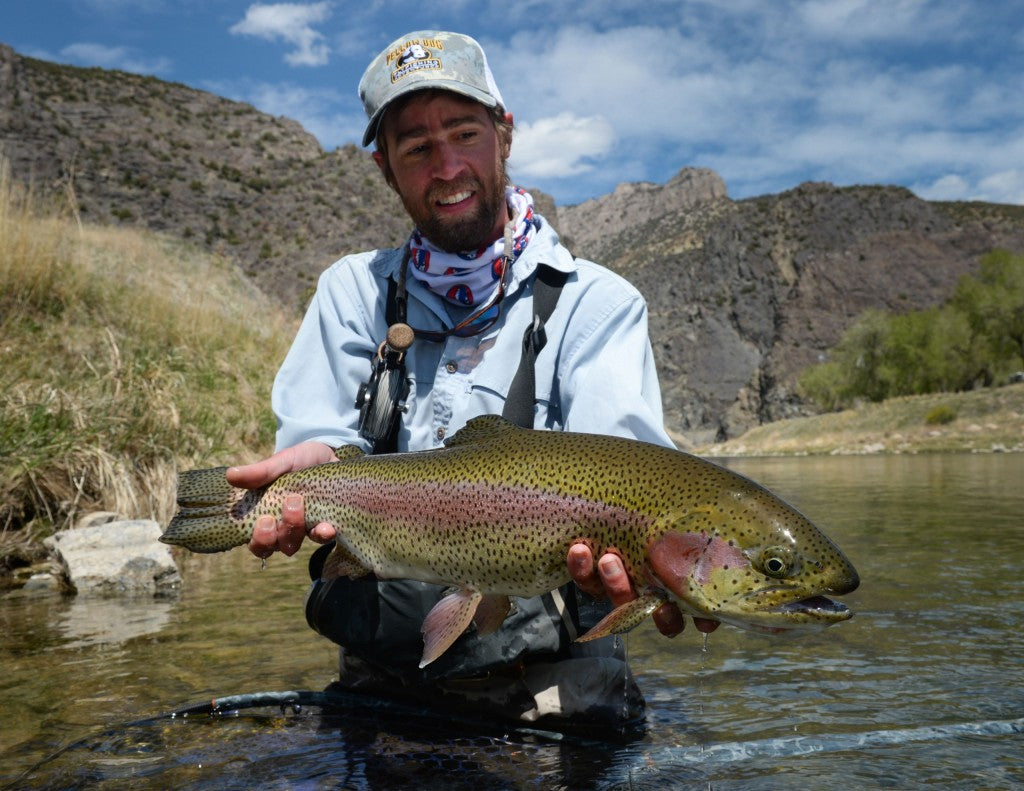
Gear for Streamer Fishing
Rods: The ideal rod for streamer fishing will largely depend on the setting, fly selection, line choice, and an angler's capability.
- A 6-weight is considered an all-around streamer rod that will thrive with floating lines and some sinking lines. However, a 7-weight gives an angler a bit more power when casting heavier sink tips, intermediate lines, or larger flies. For heavy sinking lines in large bodies of water, a 7 or even 8-weight is going to be necessary.
Lines: Streamer fly lines can come in all shapes and sizes, varying from floating to sinking. Picking the right line really depends on matching the grain weight from your fly rod to the fly line while keeping in mind your fishing purpose. In fact, that could be another in-depth article in and of itself. But generally speaking, those BIG trout are down deep, thus a sinking fly line to match your rod weight is necessary. A fly line with a large head is also recommended to help cast heavy and often times articulated fly patterns. Here is a link to view our shop staff's favorite streamer fly lines.
Flies: The variety of steamers available for anglers to choose from is incredible. First consider what forage is available at your destination. Smaller streamers in the 8-14 size range can work well if leeches, small minnows, or small crayfish are abundant. Large single-hook and articulated streamers are more effective for replicating larger baitfish and generally range between sizes 2-8.
Natural colors are generally the most effective color patterns: black, olive, tan, and brown are all common streamer colors. Feel free to get experimental--if one pattern isn't working after working a stretch of water, try another size, color, or consider the depth!
With so many streamers on offer, we recommend you visit your local fly shop or utilize our pre-trip packages after booking.

Anglers can opt for fishing streamers at most any location, but Yellow Dog feels there are some locations better suited for the approach. Both domestic and international options are available for the traveling angler, and we are the best in the industry at ensuring you end up at the best destination for you.
Related Articles:
- The Most Pristine Trout Fisheries in the World
- 7 Best Places for Large, Wild Trout in the United States
- Fly Fishing for Trout: What Makes a Great Hopper Pattern
- Dry Fly Fishing: What, When, and Where
- 5 Luxury Fly Fishing Lodges in Alaska
- 6 Best Alaska Fly Fishing Rivers You Need to Fish
- 8 Luxury Fly Fishing Lodges in Montana











